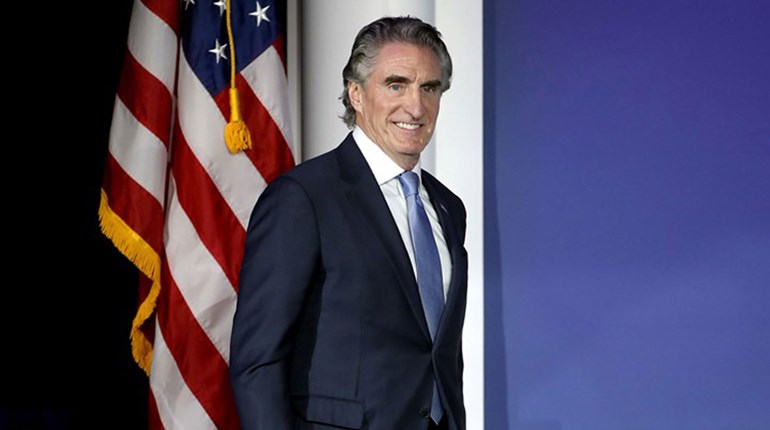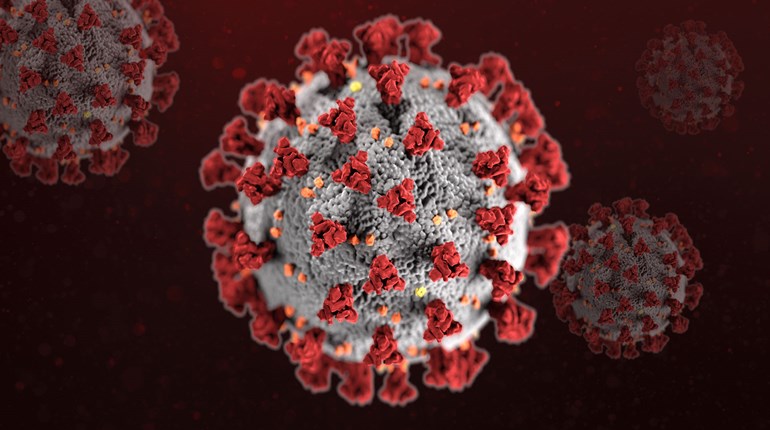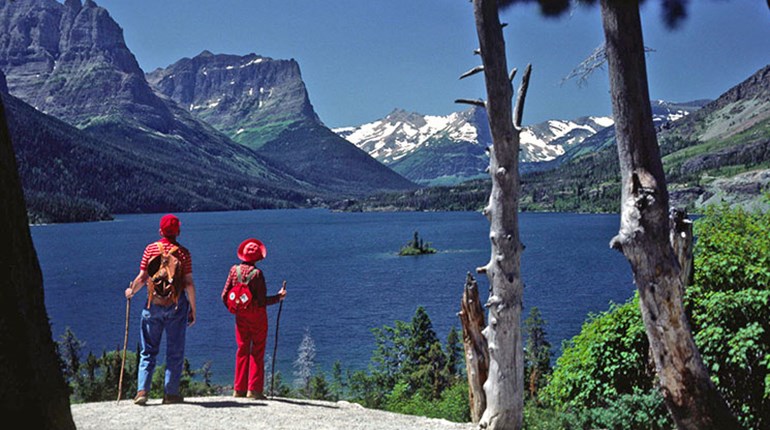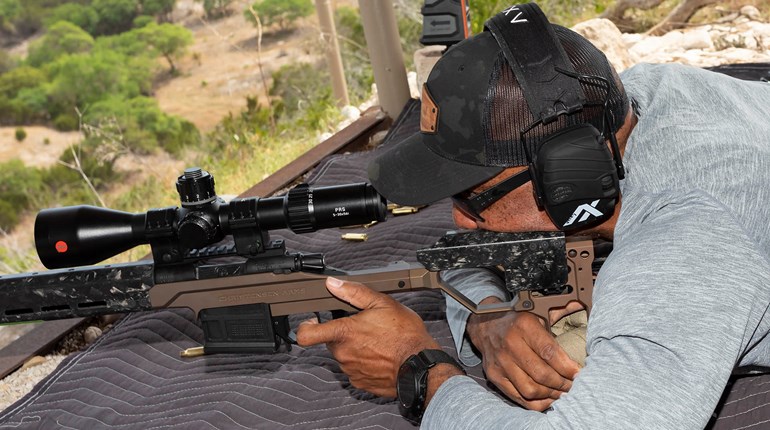
At the time of this writing, most of America is still "under quarantine," staying home in an effort to slow the spread of the novel coronavirus, or COVID-19. However, as NRA Families know, it's just not natural to the human condition to remain indoors at all times...nor is it (strictly speaking) necessary. Although it's important for us to maintain a 6-foot distance between us and other people--for now--it's a lot easier to do that in the great outdoors than it is in a city or suburban recreational area. Today, we have an important message from U.S. Department of Interior Secretary David L. Bernhardt, and it can be summarized thusly: America's public lands belong to you, and they remain open for you to visit and enjoy (even if the facilities and amenities such as on-site gift shops) are closed.
The text of Bernhardt's letter to America follows:
America’s public lands belong to the American people. In normal times, many of us regularly visit national parks, wildlife refuges, and other recreational sites spread out across more than 500 million acres of land managed by the Department of the Interior.
The nation’s public lands range from urban parks with roller-skating pavilions to iconic and popular venues for hiking, sightseeing, biking, hunting, fishing and other recreational activities.
But these are certainly not normal times.
President Trump has led and coordinated an “All-of-America” strategy to combat the coronavirus pandemic and slow the spread of the virus.
The Department of the Interior, as the primary public lands manager in the United States, has accordingly done its part to protect the health and safety of the public and our employees.
From the advent of this pandemic, the National Park Service, U.S. Fish and Wildlife Service, Bureau of Land Management and other bureaus have taken measures to try to maintain basic accessibility to our lands, while adhering to guidance from the Centers for Disease Control and Prevention, as well as state and local public health authorities.
Our response to this public health crisis has been led by our incredible public health officials on staff and those of state and local jurisdictions.
We have implemented our pandemic plan in conducting risk assessments of our public lands and facilities and relied on the guidance of public health officials in modifying or even closing access to some of our country’s most iconic places, such as Yellowstone National Park, Grand Canyon National Park and the Washington Monument.
Closure is a last but sometimes necessary resort to best protect the public during this pandemic. But by working in close coordination with public health experts and with the cooperation of the public in following social distancing, we have been able to keep most of our public lands open.
Many national monuments, memorials, battlefields and other public lands remain generally accessible, as are a majority of Bureau of Land Management’s 245 million acres and the Fish and Wildlife Service's 90 million acres, despite most facilities and amenities being closed.
Based on the guidance of public health officials, we have made – and will continue to make – necessary changes to our operations that attempt to keep America’s public lands accessible during this pandemic, allowing the public to have a place to be socially distant, together.
Our public lands, urban parks and national memorials can serve as places of solace, respite and even healing in times of challenge. These places have played that role in my own life, as I know they have for millions of other Americans.
Due to changes in our operations and offerings to the American people in only providing the most basic services, I directed all of our public lands units in March to waive entrance fees. This action is a recognition that we are not providing a full-service experience and an important means to limit contact between visitors and our employees at the entrances of our different locations.
To be able to continue to maintain the accessibility of public lands, it is the responsibility of all of us who visit to do our part and follow CDC and local public health guidance.
It is vital that visitors social distance; if an area is crowded, visit another time; pack out what you pack in; maintain at least six feet of social distance from others; and be prepared for limited access to facilities and restrooms.
We must do what we can to ensure that we are helping to slow the spread of this coronavirus and not negatively impacting small and rural communities adjacent to public lands.
We are doing everything we can to keep your public lands accessible to you, and we ask that you do your part to slow the spread by being “together, apart” when visiting.







































